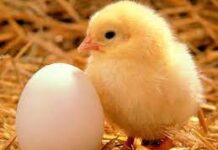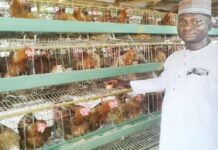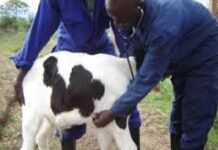The study is one of several conducted by Virginia Tech’s College of Agriculture and Life Sciences on various applications of drone technology, from monitoring crops to sampling microbes in the air.
“Farms could use drones as a ‘check-on’ tool to ensure sheep are where they are supposed to be,” says Dan Swafford, project associate for Virginia Cooperative Extension. “Drones can help farmers gain quick access to see if an animal is in need or injured, [or] to examine if a ewe has delivered a lamb.”
According to a report by PricewaterhouseCoopers, the potential market in the US for agricultural drones is US$32,4 billion (more than R390 billion), as they can save time and money as well as reduce human error.
Swafford worked with Andrew Weaver, a former graduate student in the Department of Animal and Poultry Science. Weaver, a doctoral student at West Virginia University, was a natural fit as he had been working with sheep and had a private pilot’s licence.
The duo based their methodology on research with drones over crops and with other types of livestock to see if sheep would react to having the machine nearby.
A camera-equipped drone was flown at various heights, from 23m to just 3m, above the flock, and the animals’ reaction was recorded. Some walked away, while others ignored the drone. A few gazed quizzically at the device.
“We kept a scoring system to see how flighty the sheep were.” Weaver says. “They learned that it was OK, and with regular flying they got used to it.”
The major finding was that after being exposed to the machine several times, most of the animals did not appear to notice it.
The technology could change the way that farmers manage livestock, as a drone can monitor the area of two football fields at any time.
With drone technology being easy to use and affordable, Swafford is looking to getting the technology into the hands of farmers. He has applied for grants that will allow students to take drones back to their family farms and test them with their parents.
“We’re targeting farm youth,” he says. “They have an understanding of the practical nature of using drones with livestock, and understand that it’s more than just cool technology.”





